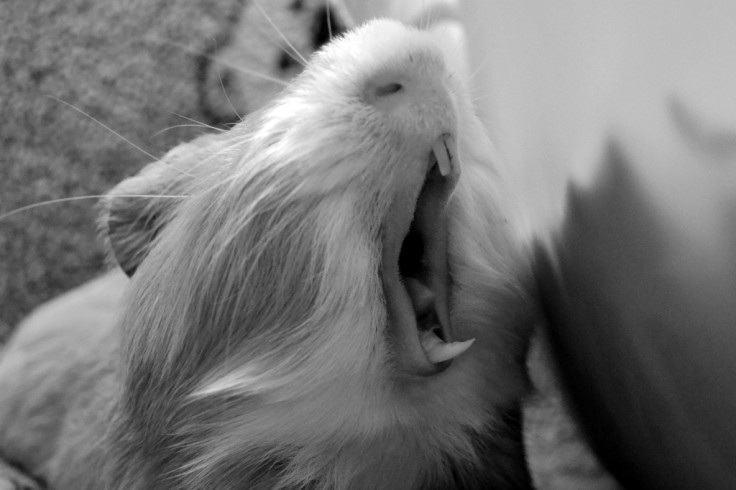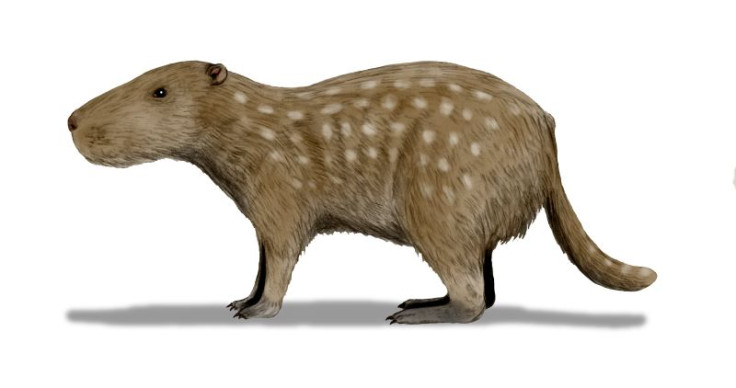Prehistoric guinea pig was the size of a buffalo and had bite of a tiger

A prehistoric guinea pig that weighed 100kg and was the size of a buffalo used its incisors like an elephant uses its tusks.
Closely related to modern guinea pigs, Josephoartigasia monesi lived three million years ago and is the largest fossil rodent ever to have been found.
Researchers at the University of York and The Hull York Medical School have now found what it used its giant incisors for.

The study, published in the Journal of Anatomy, used computer modelling to work out how powerful its bite would have been. They did a CT scan of the Josephoartigasia monesi (first discovered in 2008) and made a virtual reconstruction of its skull.
This was then subjected to element analysis – a technique that can predict stress and strain in a complex geometric object.
Philip Cox, from the Centre for Anatomical and Human Sciences, and his team, found it would have had a similar force to a tiger.

However, its incisors would have been able to withstand a force almost three times greater.
Cox said: "We concluded that Josephoartigasia must have used its incisors for activities other than biting, such as digging in the ground for food, or defending itself from predators. This is very similar to how a modern day elephant uses its tusks."
The world's largest living rodent is the capybara, which is a close relative of guinea pigs and rock cavies. They are native to South America and live in savannahs and dense forests, near bodies of water.
© Copyright IBTimes 2025. All rights reserved.





















